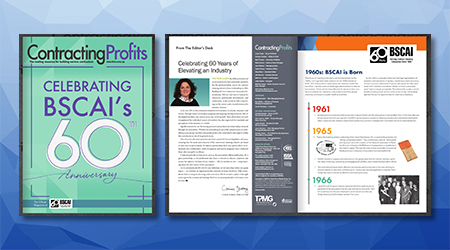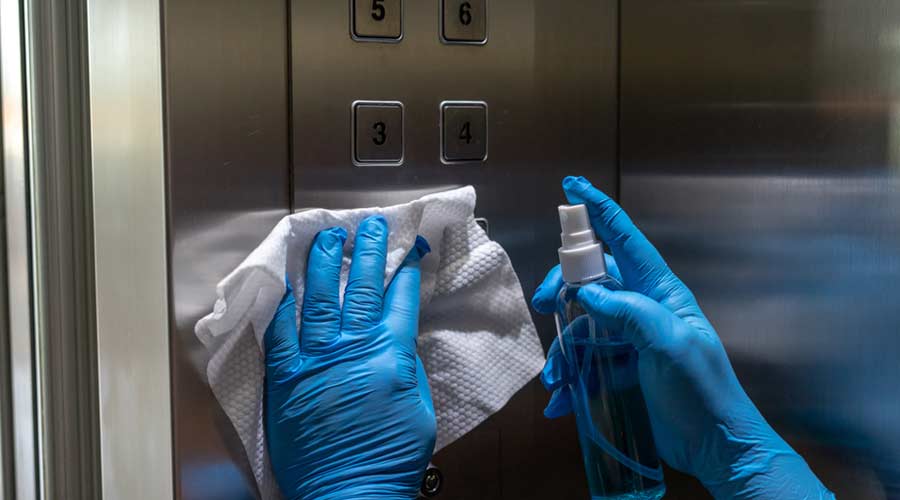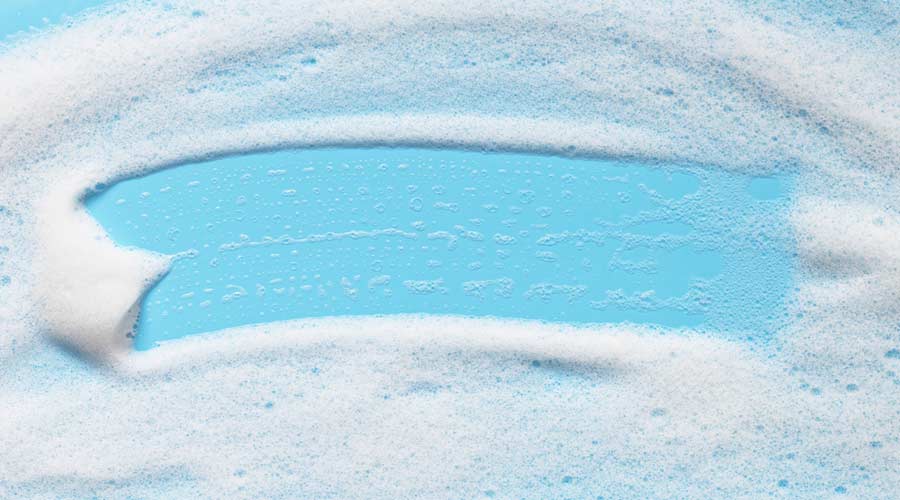 Case Studies & White Papers
Case Studies & White Papers
Case studies & white papers for the cleaning professional
Restroom Care: Germs and Blood-borne Pathogens — The Hidden Danger
For Ellen White, terminal seller at the Kingston Dock of the Washington State Ferry system, removing the sanitary napkin receptacles and installing SCENSIBLES bags have made the critical difference for terminal attendants who have to clean the cramped restrooms on the passenger ferry boats.
"I like the fact that women can use these bags, dump hygiene items in there, and then toss them in the regular trash," White said. "It's much better than cleaning staff having to stick their hands in the containers and pull used products out. Not everyone wraps up their [waste], so blood-borne pathogens are a problem. Also, [some passengers] would drop needles in the sanitary napkin receptacles, even though we provide a needle container."
SCENSIBLES plastic bags with easy-tie handle closure for the hygienic disposal of feminine care products including sanitary pads, tampons and panty liners are a cost-effective alternative to the significant maintenance problems caused by patrons flushing their feminine hygiene products down toilets. At the same time, SCENSIBLES are improving the unsightly, germ-contaminated condition of restroom sanitary napkin disposal units. The resulting clean and convenient disposal method is being installed in buildings across the country, including office, educational, retail, recreational, lodging, government, manufacturing, entertainment, and medical facilities.
"Customers come to us with all kinds of concerns about sanitation and safety, and SCENSIBLES address these problems," said Ann Germanow, president of The Scensible Source Company, LLC, and inventor of SCENSIBLES bags. The danger presented by used sanitary products in restroom receptacles is very real, she noted. "The fact is that the insides and outsides of stall sanitary napkin disposal receptacles are the most contaminated spots in women's restrooms," she said. "And when people touch the soiled lids to open them, it can prove harmful."
Restroom users and custodial workers are exposed daily to potentially harmful germs and blood borne pathogens with only minimal precautions available to protect them. The US Center for Disease Control (CDC) reports that touching a germ-laden object is the number one source for spreading disease. Recent CDC studies suggest that the Hepatitis virus may survive outside the body for several days, even in dried blood, and still be infectious.
Germanow noted, "Standard precautions for people infected with hepatitis, for example, recommend that bloodstained material such as tissues, tampons and menstrual pads be placed into sealable plastic bags and disposed of properly, so no one comes in contact with blood," she explained. "But in women's restrooms, bloodstained materials are tossed into a receptacle with no such precautions. There's no way to know if any contact could be dangerous. "It's not acceptable in this day and age, with resistant bacteria and new infectious diseases, that this problem be ignored anymore."
The Scensible Source Company has also designed plastic liner bags for various models of sanitary napkin receptacles. The liner bags are embedded with the same fragrance, biodegradable additive and antimicrobial agents as the individual SCENSIBLES bags.
"Traditional waxed bags are not effective," Germanow said. "Our bags are specially designed to provide a better fit and properly line sanitary napkin disposal units. Waxed bags do nothing for odors - and they do not keep the container germ-free. Quick and easy removal allows cleaning personnel to avoid reaching into the receptacle and eliminates contact with discarded products."

 Celebrating BSCAI's 60th Anniversary eBook
Celebrating BSCAI's 60th Anniversary eBook The Down and Dirty on Cleaning in Virus Season
The Down and Dirty on Cleaning in Virus Season How Surfactant Use is Expanding in Commercial Cleaning
How Surfactant Use is Expanding in Commercial Cleaning